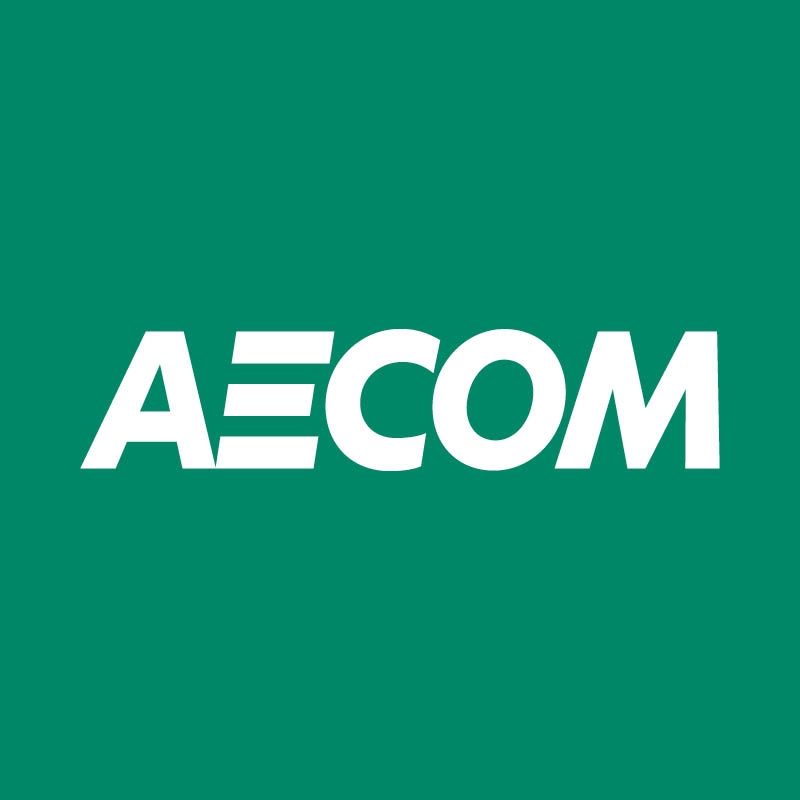
AECOM Behavioral Interview Template for AI Engineer (Engineering, Infrastructure Consulting)
Purpose: Assess how an AI Engineer operates within AECOM’s client-centric, safety-first, and multidisciplinary project environment—spanning transportation, water, buildings, new energy, and environmental programs. Format (commonly reported at AECOM): - Panel: 2–3 interviewers (hiring manager from Digital/AI, a project/program manager, and a discipline engineer/technical lead). - Flow: 5–10 min introductions and role context → 35–40 min STAR-based behavioral questions → 10 min scenario deep dive → 5 min candidate questions. - Style: Structured, situational, and evidence-based. Expect probes on stakeholder management, risk/safety mindset, and delivering measurable impact under real project constraints (scope/schedule/budget, QA/QC). Focus areas aligned to AECOM’s culture and work: - Safety, ethics, and compliance: How you factor safety, data governance, and public-sector requirements into AI decisions; awareness of QA/QC and documentation expectations. - Client impact and communication: Translating complex models into clear, actionable insights for non-technical stakeholders; setting expectations; handling pushback. - Multidisciplinary collaboration: Working across civil, water, transportation, and environmental teams; operating in a matrix organization and global time zones. - Delivery under constraints: Balancing innovation with practicality, budget, schedule, and change management; navigating ambiguous requirements and evolving datasets (BIM/GIS/sensor data). - ESG and inclusion: Considering equity and environmental outcomes (e.g., bias in siting or service coverage) and fostering inclusive teamwork. - Model stewardship in infrastructure: Explainability, validation, and lifecycle ownership (versioning, monitoring, traceability) consistent with AECOM’s professional services expectations. Behavioral prompts (use STAR; interviewers will probe for specifics): 1) Tell us about a time you introduced an AI/ML solution into a conservative engineering workflow. How did you de-risk it and gain buy-in? 2) Describe a situation where incomplete or noisy geospatial/sensor data could have led to a poor design or operational decision. What safeguards and QA/QC did you implement? 3) Share an example of aligning an AI deliverable to a public-sector client’s scope, schedule, and budget while maintaining transparency and auditability. 4) Tell us about a time you challenged a stakeholder’s preferred approach because of safety, ethics, or compliance concerns. What was the outcome? 5) Give an example of explaining model limitations and uncertainty to non-technical decision makers to inform a go/no-go or investment decision. 6) Describe collaborating with civil/transportation/water SMEs to embed AI into a digital workflow (e.g., BIM/GIS/common data environment). How did you handle change requests? 7) Talk about a project where you surfaced or mitigated algorithmic bias with potential community or environmental impacts. 8) Describe working across time zones and disciplines to meet a critical milestone (RFP, concept design, or construction phase). How did you manage handoffs and documentation? 9) Tell us about a time a model performed well in the lab but struggled in production. How did you diagnose, communicate risk, and stabilize it? 10) Share a situation where you improved repeatability and knowledge transfer (playbooks, templates, runbooks) for future projects. What interviewers score: - Impact under constraints (clear link to schedule/budget/quality outcomes) - Safety and ethics mindset; readiness to halt or adjust when risk is high - Stakeholder management and client communication; expectation-setting - Collaboration in a matrixed, multidisciplinary environment - Accountability and documentation discipline (reproducibility, governance) - Learning agility and continuous improvement Red flags (AECOM-specific context): - Treating AI as a black box with minimal validation or explainability - Ignoring safety, ethics, or public-sector compliance requirements - Weak linkage between model outputs and project/business value - Poor cross-functional collaboration or documentation habits Candidate prep tips: - Prepare 4–6 STAR stories mapped to the focus areas above (transportation, water, buildings, environmental use cases are ideal). - Quantify outcomes (e.g., risk reduced, hours saved, variance reduced) and describe controls (peer reviews, validation plans, audit trails). - Be ready to discuss ESG and inclusion implications of your AI work and how you addressed them.
60 minutes
Practice with our AI-powered interview system to improve your skills.
About This Interview
Interview Type
BEHAVIOURAL
Difficulty Level
4/5
Interview Tips
• Research the company thoroughly
• Practice common questions
• Prepare your STAR method responses
• Dress appropriately for the role